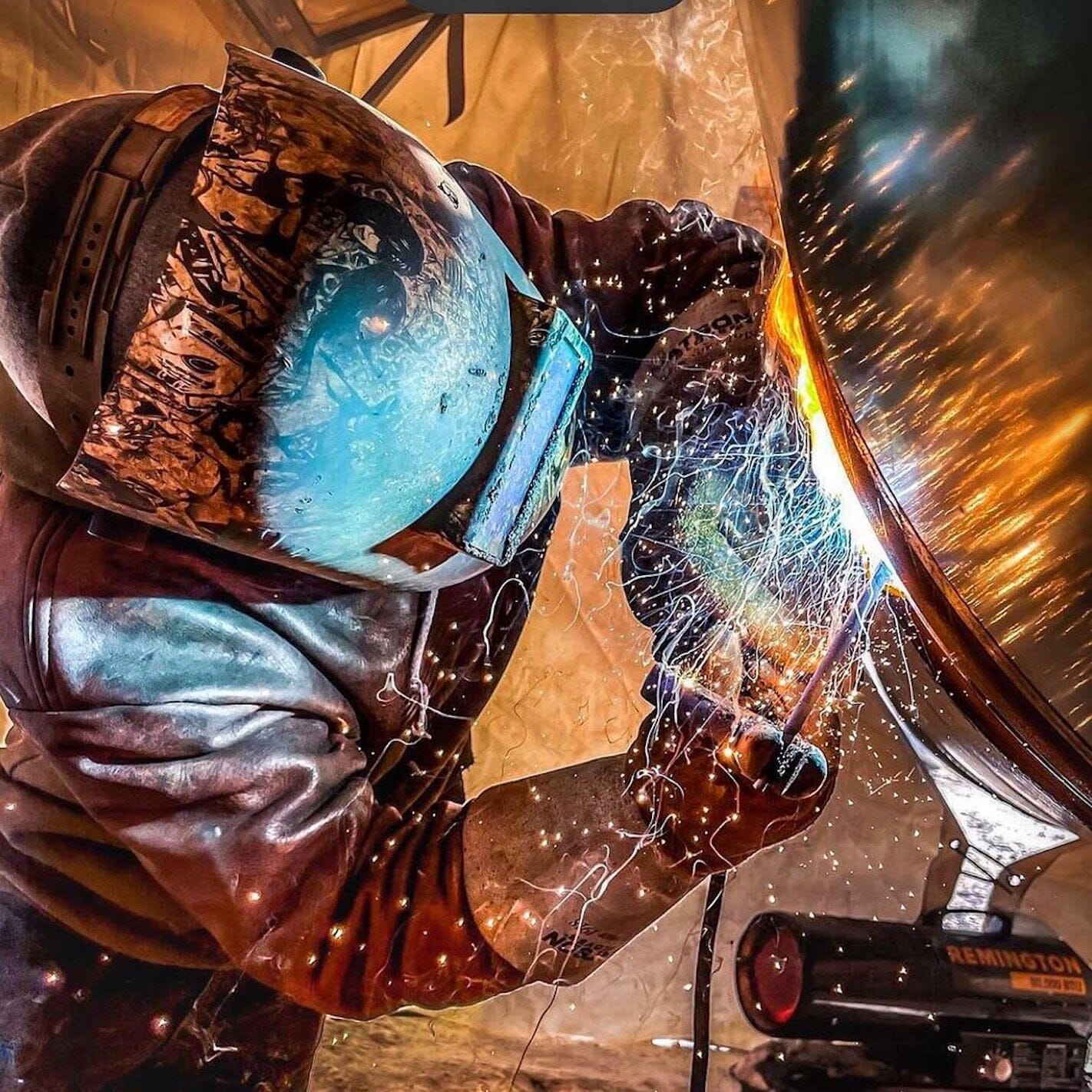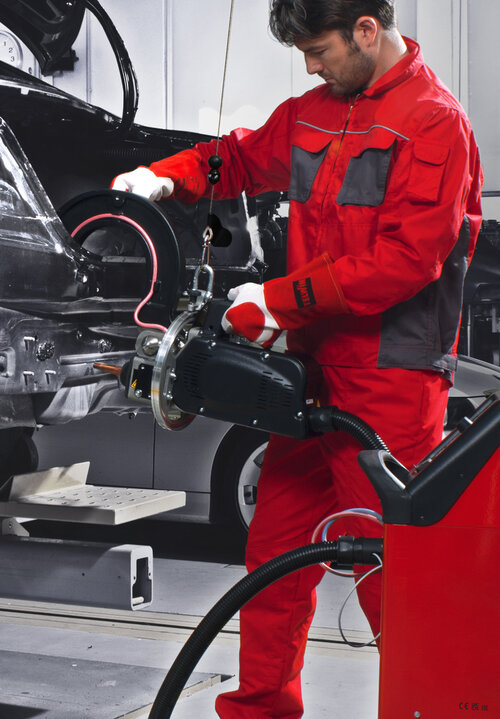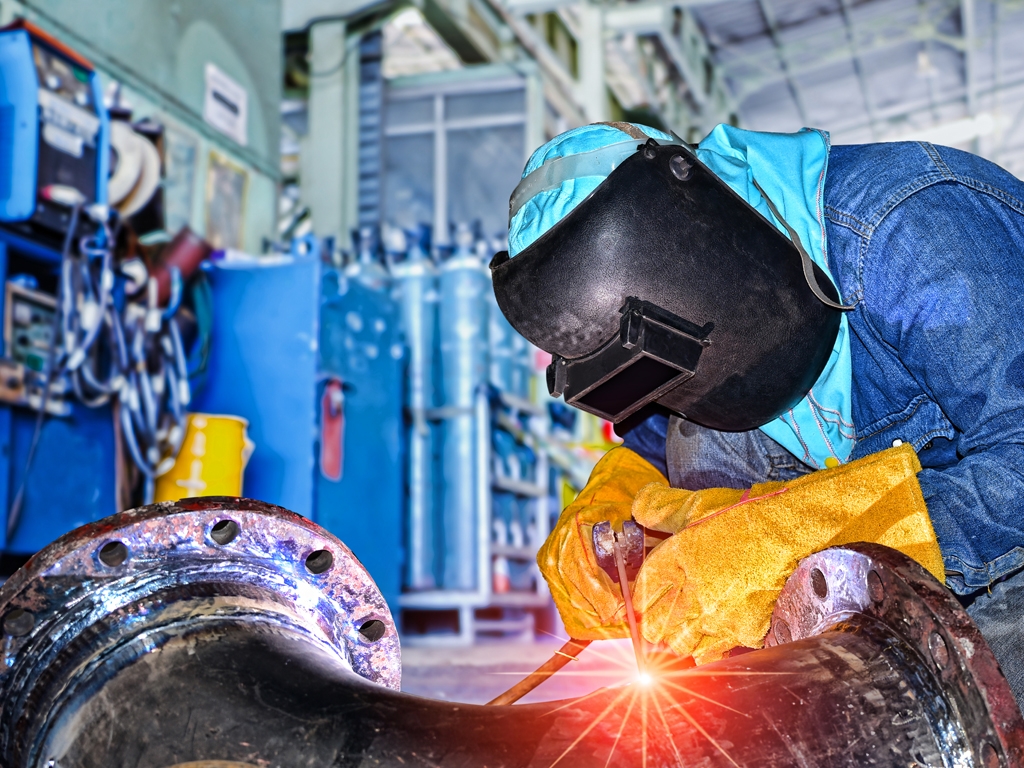How overheating affects welds and Montana Mobile Welding and Repair Welding’s approach to fix it
Usual Welding Repair Service Issues and How to Address Them Efficiently
Welding repair services frequently encounter an array of problems that can threaten the honesty of the last item. Typical problems include inadequate infiltration, porosity, and misalignment, among others. Each problem provides distinct difficulties that need certain strategies for resolution. Comprehending these concerns is essential for welders intending to enhance their abilities and results. This discussion will discover these common welding repair service concerns and effective methods to resolve them.
Inadequate Infiltration
Inadequate penetration occurs when the weld metal stops working to totally fuse with the base product, causing weak joints and potential structural failings. This problem commonly stems from insufficient heat input, incorrect electrode angle, or incorrect welding speed. Welders may come across poor infiltration due to a mistake of the necessary parameters for a specific material thickness or kind. In addition, contamination on the base material's surface can hinder efficient bonding, intensifying the trouble. To attend to poor penetration, welders ought to ensure suitable settings on their tools and preserve a tidy work surface area. Regular examination of welds is recommended to determine any shortages early, permitting for prompt adjustments and the avoidance of compromised architectural integrity in welded settings up.
Porosity
Porosity is a typical flaw in welded joints that shows up as little gas bubbles caught within the weld metal. This flaw can endanger the integrity of the weld, resulting in reduced toughness and possible failing under stress. Montana Mobile Welding and Repair Fabrication. Porosity normally occurs from contamination, moisture, or improper welding methods, which allow gases to get away right into the liquified weld pool. To deal with porosity, welders must guarantee proper surface area preparation, maintain a clean workplace, and use ideal welding criteria. Additionally, picking the ideal filler material and protecting gas can mitigate gas entrapment. Normal examination and screening of welds can help recognize porosity early, ensuring timely corrective activities are taken, therefore protecting the quality and reliability of the welded structure
Imbalance
Misalignment in welding can emerge from various factors, consisting of inappropriate setup and thermal development. Recognizing the origin is crucial for efficient resolution. A number of improvement strategies are offered to straighten components and ensure structural integrity.
Root causes of Misalignment
Welding imbalance usually originates from a variety of underlying issues that can compromise architectural honesty. One key reason is incorrect fit-up of components before welding, which can cause gaps and uneven surface areas. Variations in thermal expansion during the welding procedure can additionally cause distortion, especially if the products being signed up with have various coefficients of expansion. In addition, inadequate clamping and fixturing may fall short to hold components securely in place, leading to movement during welding. Badly conserved equipment, consisting of welding makers and tools, might present incongruities in the weld bead, more adding to misalignment. Operator error, stemming from not enough training or experience, can additionally play a substantial role in developing misaligned welds.

Correction Methods Readily Available
Dealing with misalignment effectively needs a combination of rehabilitative methods tailored to the particular problems available. One common technique is using jigs or fixtures to hold components in the appropriate position throughout welding, guaranteeing constant positioning. In addition, preheating the products can help in reducing distortion and boost fit-up. For considerable imbalance, mechanical adjustment strategies, such as utilizing hydraulic jacks or clamps, can be used to correct the placement prior to welding. Post-weld warmth therapy may also be needed to alleviate stress and anxieties triggered by imbalance. Lastly, mindful evaluation and change throughout the setup phase can avoid imbalance concerns from becoming considerable problems, promoting a smoother welding procedure and boosting general structural honesty.
Distortion
Distortion is an usual obstacle in welding that can develop from different aspects, consisting of irregular heating & cooling. Understanding the reasons of distortion is vital for executing effective avoidance strategies. Resolving this concern not just boosts structural integrity but additionally improves the total top quality of the weld.
Root causes of Distortion
When subjected to the intense heat of welding, products often go through changes that can bring about distortion. This phenomenon mainly emerges from thermal development and contraction during the welding procedure. As the weld area warms up, the product increases; upon air conditioning, it acquires, which can produce interior anxieties. Furthermore, irregular home heating across a work surface can aggravate these stress and anxieties, causing warping or bending. The type of material likewise plays a considerable function; steels with differing thermal conductivity and coefficients of development may react in a different way, bring about uncertain distortions. Furthermore, bad joint layout and inadequate fixturing can add to imbalance throughout welding, raising the possibility of distortion. Recognizing these reasons is essential for efficient welding repair work and prevention methods.
Prevention Techniques
Effective avoidance methods for distortion during welding concentrate on regulating heat input and making sure correct joint style. Maintaining a constant warm input assists to decrease thermal development and tightening, which can result in distortion. Making use of methods such as preheating the workpiece can also minimize the temperature level gradient, advertising consistent home heating. Additionally, picking ideal joint layouts, such as T-joints or lap joints, can improve stability and decrease stress and anxiety concentrations. Applying appropriate fixturing to protect the work surfaces in place further aids in keeping positioning throughout the welding procedure. Lastly, staggered welding sequences can disperse warmth more equally, preventing localized distortion. By using these strategies, welders can significantly decrease the likelihood of distortion and improve the total high quality of their welds.
Splitting
Cracking is a typical issue run into in welding repair services, frequently arising from numerous variables such as improper air conditioning rates, product option, or inadequate joint preparation. The occurrence of cracks can significantly compromise the honesty of the weld, resulting in prospective failings during procedure. To resolve this problem, welders must first examine the source, making sure that products work and appropriately selected for the specific application. Additionally, controlling the cooling rate throughout the welding process is vital; rapid air conditioning can induce tension and bring about fracturing. Appropriate joint style and preparation likewise add to decreasing the threat. Implementing these methods can enhance weld quality and toughness, eventually decreasing the probability of cracking in finished weldments.

Insufficient Fusion
A considerable concern in welding repair work is insufficient blend, which takes place when the weld metal does not sufficiently bond with the base material or previous weld passes - Welding. This defect can result in weak points in the joint, possibly endangering the integrity of the welded structure. Factors adding to incomplete fusion include inadequate warm input, inappropriate welding technique, and contamination of the surfaces being signed up with. To address this problem efficiently, welders ought to assure correct pre-weld cleansing and surface area prep work, as well as readjust their welding specifications to accomplish adequate penetration and blend. Routine inspection during the welding process can additionally aid identify incomplete combination early, enabling timely restorative actions to enhance the overall top quality of the weld
Overheating
While welding fixings can enhance architectural integrity, overheating offers a significant obstacle that can bring about product deterioration. Extreme heat during welding can alter the mechanical properties of steels, causing minimized strength, boosted brittleness, and bending. This phenomenon is especially essential in high-stress applications where structural integrity is extremely important. Recognizing overheating can entail visual assessments for discoloration or distortion, in addition to checking temperature level during the welding procedure. To reduce the dangers connected with getting too hot, welders need to utilize appropriate methods, such as managing warmth input, readjusting traveling speed, and using ideal filler products. Additionally, applying pre- and post-weld warmth treatments can help restore product residential or commercial properties and enhance the general quality of the repair, ensuring long-lasting performance and security.
Often Asked Questions
What Are the Usual Signs of a Welding Problem?

Just How Can I Test My Welds for High quality?
To test welds for high quality, one can utilize aesthetic inspections, ultrasonic screening, and radiographic approaches. klutch welding table Each strategy guarantees structural stability, determines issues, and confirms adherence to specified requirements, ultimately boosting the integrity of the welded joints.
What Safety Safety Measures Should I Take While Welding?
When welding, one ought to prioritize security by wearing proper individual protective equipment, making certain appropriate ventilation, safeguarding combustible products away, preserving a clean office, and recognizing environments to avoid accidents and injuries.
Can I Fix a Weld Without Renovating the Entire Joint?
Fixing a weld without redesigning the entire joint is possible, depending on the damages (Montana Mobile Welding and Repair). Methods such as grinding, including filler product, or using a welding process can effectively attend to specific flaws while maintaining the bordering framework
What Devices Are Vital for Efficient Welding Services?
Essential devices for effective welding fixings consist of a welding machine, wire brush, mill, safety gear, clamps, and filler products. Each tool plays an important role in making sure top quality and security throughout the fixing procedure. Porosity typically arises from contamination, moisture, or improper welding strategies, which permit gases to leave right into the liquified weld pool. Inadequately maintained equipment, including welding equipments and devices, may present disparities in the weld grain, further contributing to imbalance. When subjected to the intense warm of welding, materials frequently go through changes that can lead to distortion. Fracturing is a common problem come across in welding repair work, typically resulting from various variables such as improper air conditioning prices, material option, or inadequate joint preparation. A considerable problem in welding repairs is incomplete blend, which occurs when the weld steel does not effectively bond with the base product or previous weld passes.